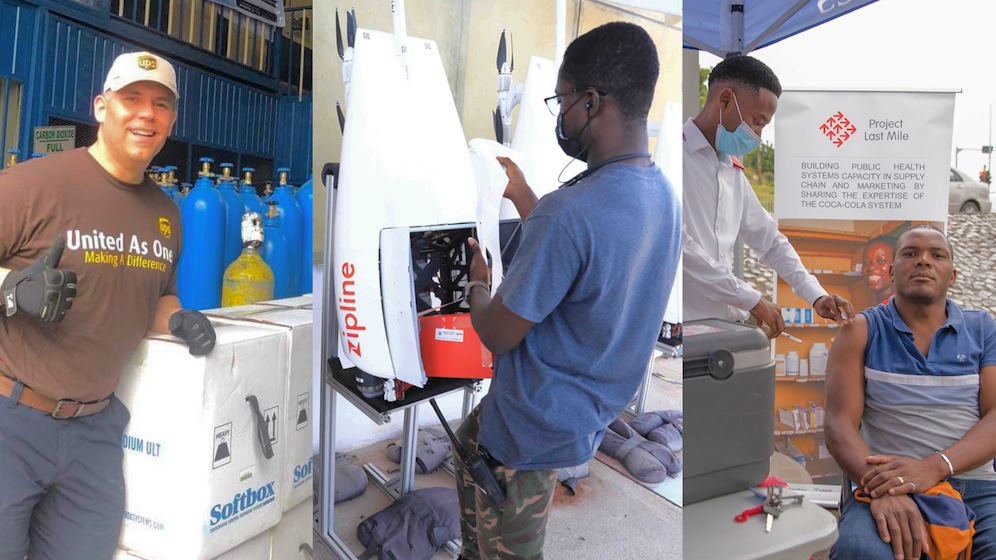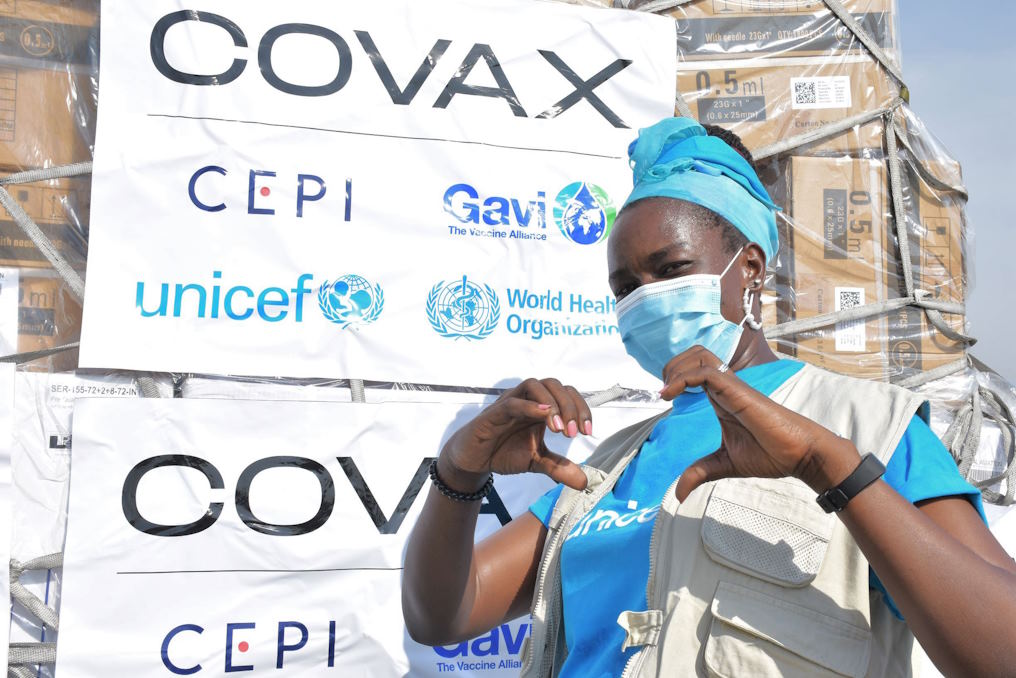
In the unprecedented battle against the COVID-19 pandemic, the world witnessed an outpouring of compassion and support through donations from governments, organizations, and individuals alike. As these generous contributions poured in to aid frontline workers, healthcare facilities, and vulnerable communities, the efficient and equitable distribution of these vital resources became a paramount challenge. However, amid these trying circumstances, government partnerships emerged as a beacon of hope and an essential driving force in navigating the complexities of donation distribution.
Government Partnerships in COVID-19 Donation Distribution
Collaborative efforts between national and international governments:
In the face of the COVID-19 pandemic, collaboration between national and international governments has been instrumental in efficiently distributing donations. Recognizing the global nature of the crisis, countries have come together to share resources, expertise, and knowledge. Through bilateral and multilateral partnerships, governments have been able to pool their strengths and overcome logistical challenges. Coordinating efforts at both regional and global levels has led to a more equitable distribution of donations, ensuring that aid reaches even the most remote and underserved areas. By setting aside political differences and working hand in hand, governments have demonstrated that collective action is the key to combating a crisis of this magnitude.

Establishing donation coordination centers and platforms:
To streamline the complex process of donation distribution, governments have set up donation coordination centers and digital platforms. These centralized hubs serve as information repositories, enabling donors to identify the specific needs of each region or healthcare facility. Through these platforms, governments can better match the donated items with the demands on the ground, avoiding duplication and wastage. Additionally, donation coordination centers have fostered partnerships with non-governmental organizations (NGOs) and private sector entities, leveraging their expertise and outreach to ensure a wider impact. Such collaborative infrastructure has not only facilitated the allocation of resources but also provided a structured framework for ongoing support during the pandemic.
Streamlining the process of receiving and allocating donations:
One of the critical challenges in the early stages of the pandemic was the overwhelming volume of donations and the need for swift distribution. Governments have taken proactive measures to streamline this process. By establishing clear guidelines and protocols for donation acceptance, governments ensure that only relevant and safe items are received. They have also implemented efficient distribution channels, optimizing transportation and logistics to expedite delivery. By employing technology and data-driven approaches, governments can track the movement of donations and make real-time adjustments to meet emerging needs. This streamlined approach has not only reduced delays but also minimized the risk of bottlenecks in the distribution chain.
Recommendations for Improving Government Partnerships in Donation Distribution
Establishing standardized protocols and guidelines:
To enhance the effectiveness of government partnerships in donation distribution, the establishment of standardized protocols and guidelines is paramount. These protocols should encompass the entire donation cycle, from the initial acceptance of donations to their final allocation. By creating a uniform framework, governments can streamline processes, reduce inefficiencies, and ensure consistency across different regions and countries. Standardized guidelines also foster clear communication between stakeholders, enabling them to work cohesively toward a common goal. Moreover, such protocols should be adaptable to evolving circumstances, allowing governments to respond effectively to changing needs during a crisis.

Investing in technological solutions for efficient tracking and monitoring:
Incorporating technology into the donation distribution process is essential for its efficiency and transparency. Governments should invest in advanced tracking and monitoring systems that enable real-time visibility of donated items’ movement and allocation. This not only ensures a smoother logistical operation but also helps prevent the diversion or mismanagement of resources. Furthermore, data-driven insights from these technological solutions can aid in predicting demand trends and optimizing distribution strategies. By harnessing the power of technology, government partnerships can achieve a higher level of accuracy, accountability, and responsiveness.
Promoting collaboration between governments, NGOs, and private sectors:
The success of donation distribution relies on robust collaboration between governments, non-governmental organizations (NGOs), and the private sector. Governments should actively engage with these stakeholders from the outset, involving them in planning, decision-making, and execution. NGOs and private sector entities bring specialized expertise, agility, and community networks that complement government efforts. By fostering a cooperative environment, governments can harness the strengths of each partner, resulting in a more comprehensive and targeted response to the crisis. Regular dialogue and information-sharing among these stakeholders further enhance the efficacy of donation distribution efforts.

